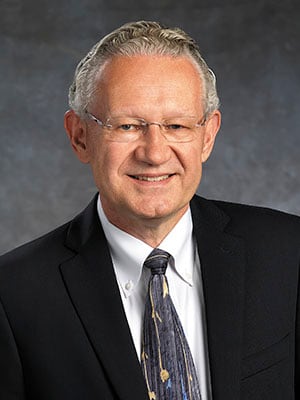
How to scale up a venture: A masterclass from Synopsys founder
Aart J De Geus, founder and co-CEO of Synopsys Inc, shares lessons from his journey
Aart J De Geus, the founder and co-CEO of Synopsys Inc, has made the journey from facing a job loss at General Electric (GE) to building a Nasdaq-listed leader in chip-design software with more than $2.2 billion in annual revenue. The Dutch-born American entrepreneur shares lessons from his journey:
Change Is An Opportunity
The first characteristic of an entrepreneur is to view, either consciously or unconsciously, change as an opportunity. In the late ’80s, when GE was looking to sell its semiconductor business, de Geus recalled, “I discovered that some of the work that I’d done with the team was unique and started to think along the lines of ‘what if we put this together as a product and started a company’.”
Be Ethical
Starting Optimal Solutions, as Synopsys was first called, involved a lot of soul searching on the best way forward. An important reason was that the intellectual property belonged to GE. The way forward was to get GE to back the project with both money and access to technology. “It was the ethically right thing to do.” Moreover, GE’s cash-plus-tech investment, which was valued at $1 million around 1985-86, was worth $26 million when Synopsys went public in 1992.
Find The Best People
If there’s one lesson that stands out more often than not, it is that the quality of the team is everything. “You may be brilliant, with a great idea, but you will hit problems along the way and it’s the quality of the team that will decide if you can then change, and change fast, and change smart.”
Work Harder, Get Luckier
“People say the harder you work, the luckier you get, but you still need to have the right circumstances.” Synopsys had the right circumstances because the technology de Geus and his colleagues had developed, called synthesis, made it possible to design a chip not by starting with all the details but by writing it in a (software programming) language. “The time had arrived for that.”
Customers, Customers, Customers
That they could leave GE and start almost right away with a prototype was an “immense risk reducer”, he said. They could not only show it to potential investors, but also to potential customers. “The key lesson is that you don’t have a company if you don’t have customers. You need people who are willing to try something new, who don’t feel threatened that technology will replace some of their work.”
Chase The Discontinuity “Inflection point” is a term in Silicon Valley that is used very often, in contrast to incremental innovation. While incremental is basically cost innovation, inflection-point innovation is all about “where’s the discontinuity, where is that something which changes the nature of the problem, rather than evolve the nature of an existing solution”.
(This story appears in the 30 November, -0001 issue of Forbes India. To visit our Archives, click here.)






